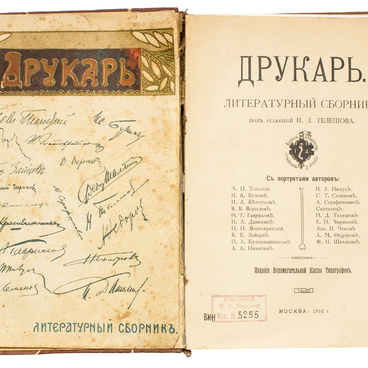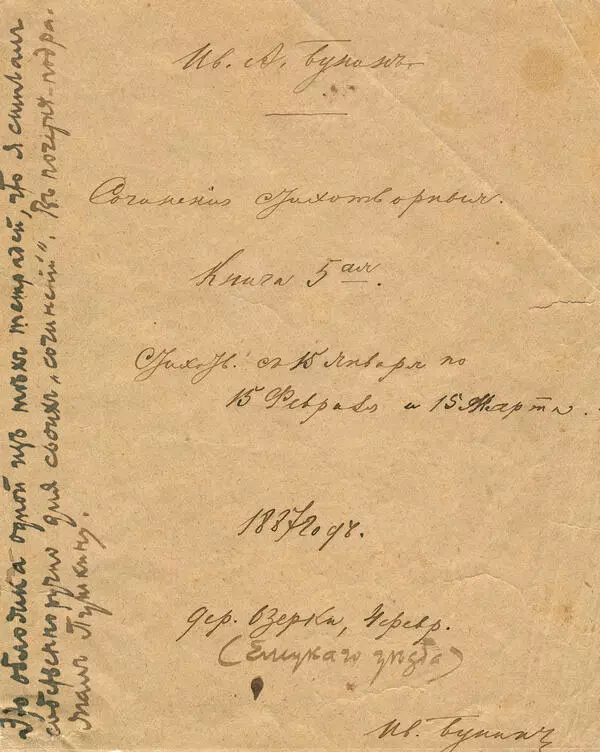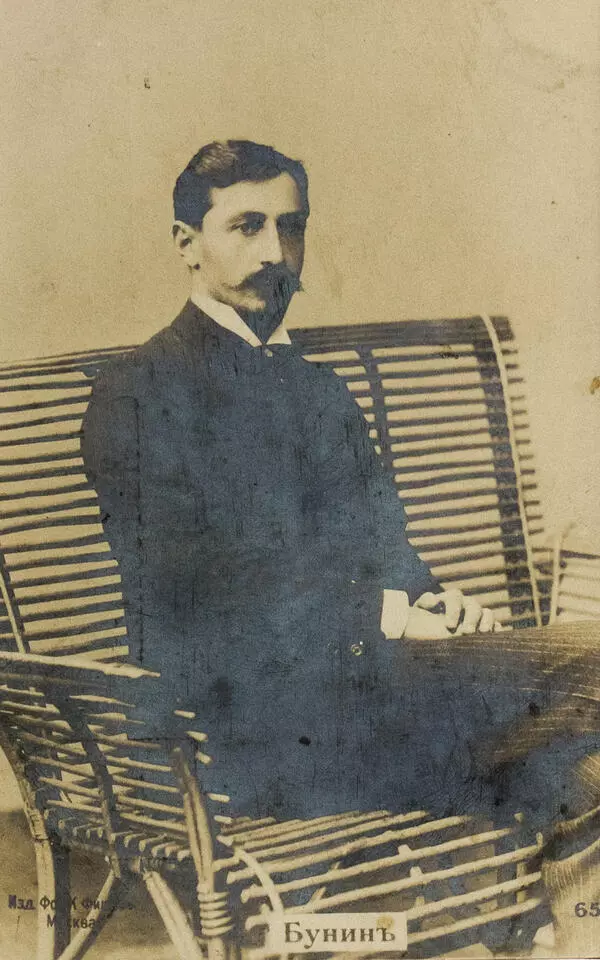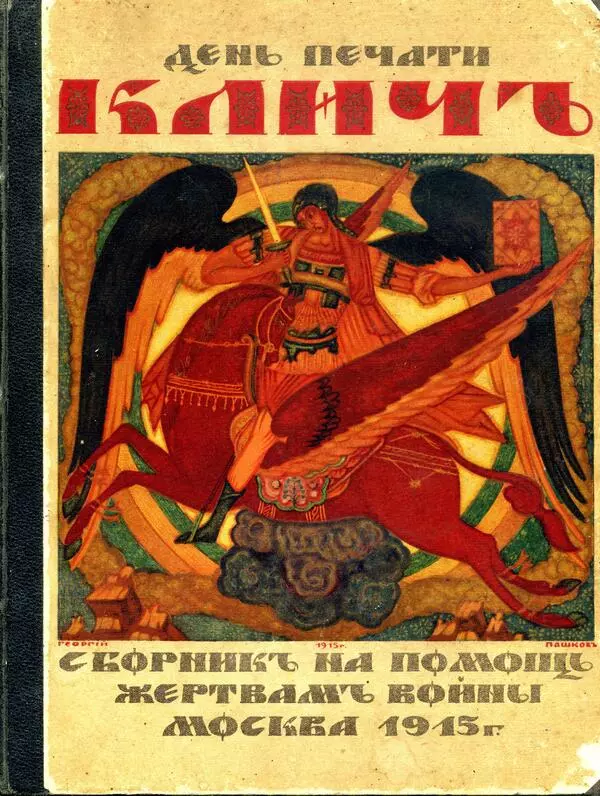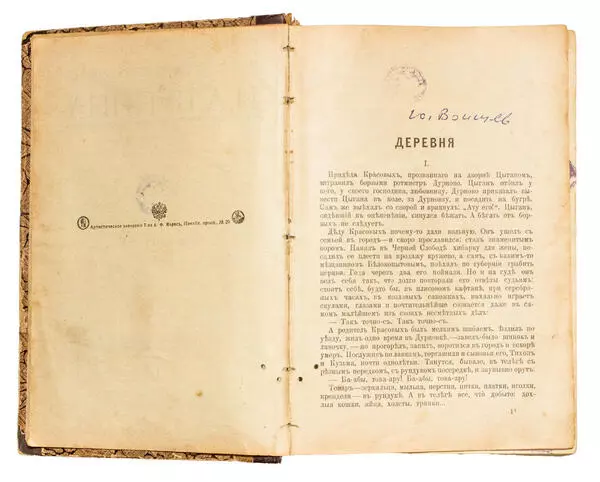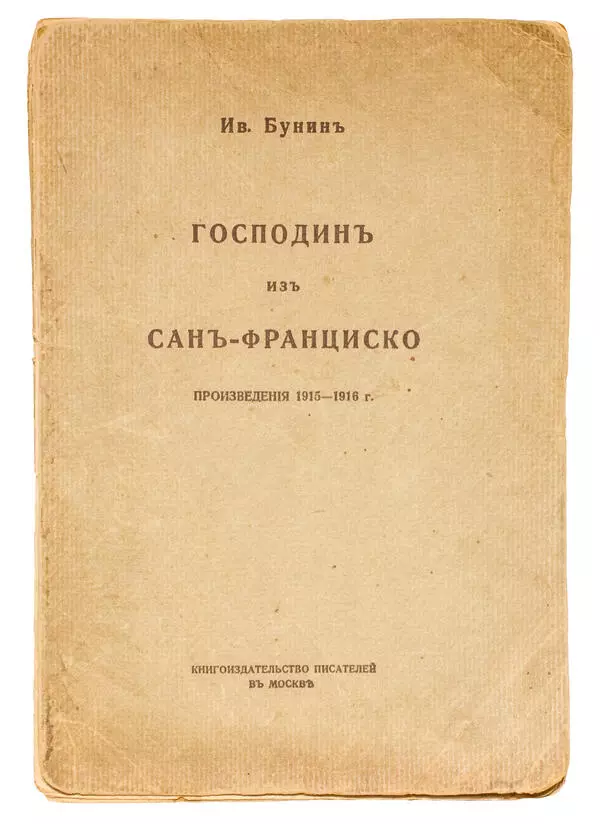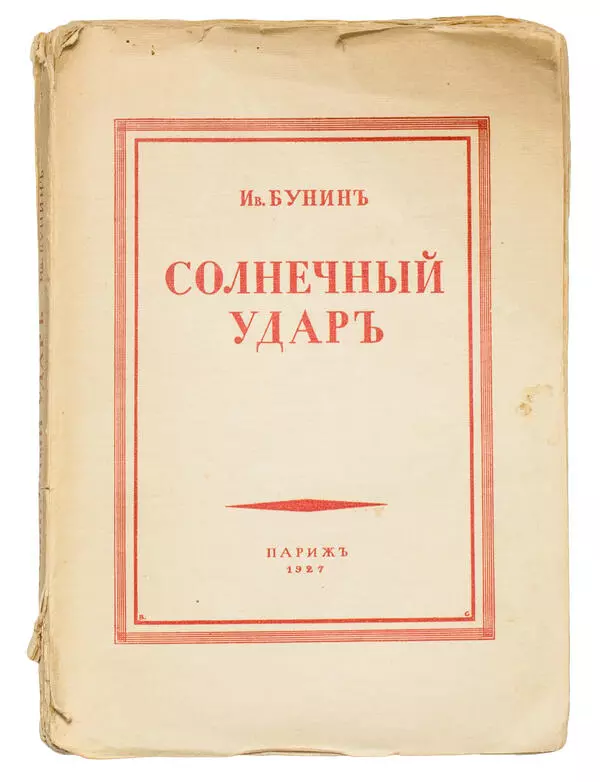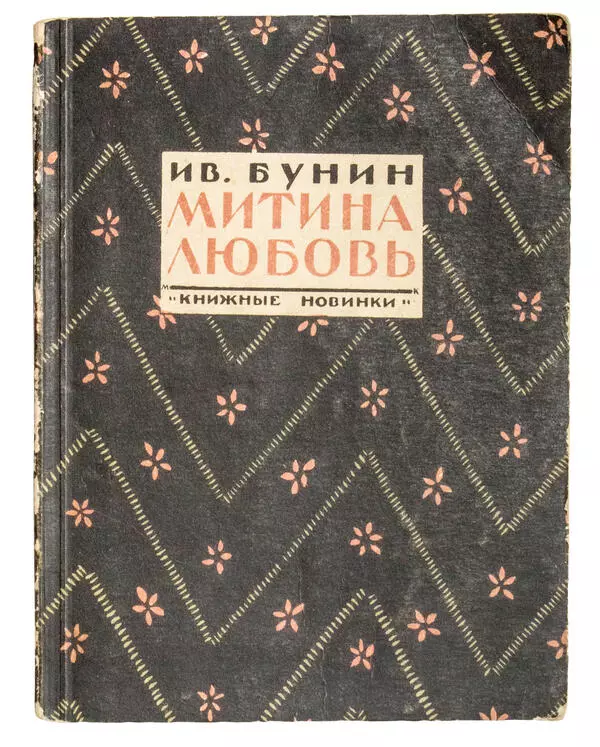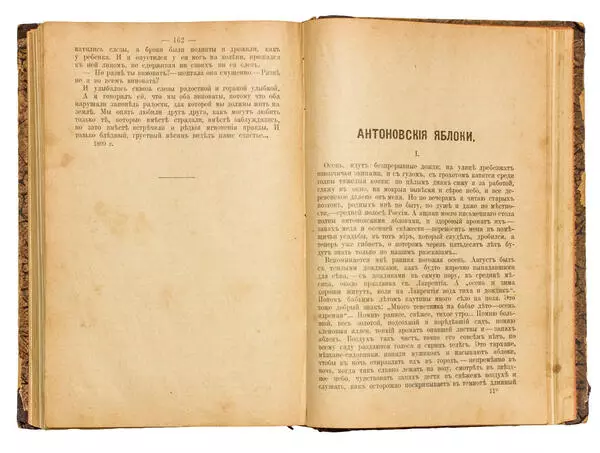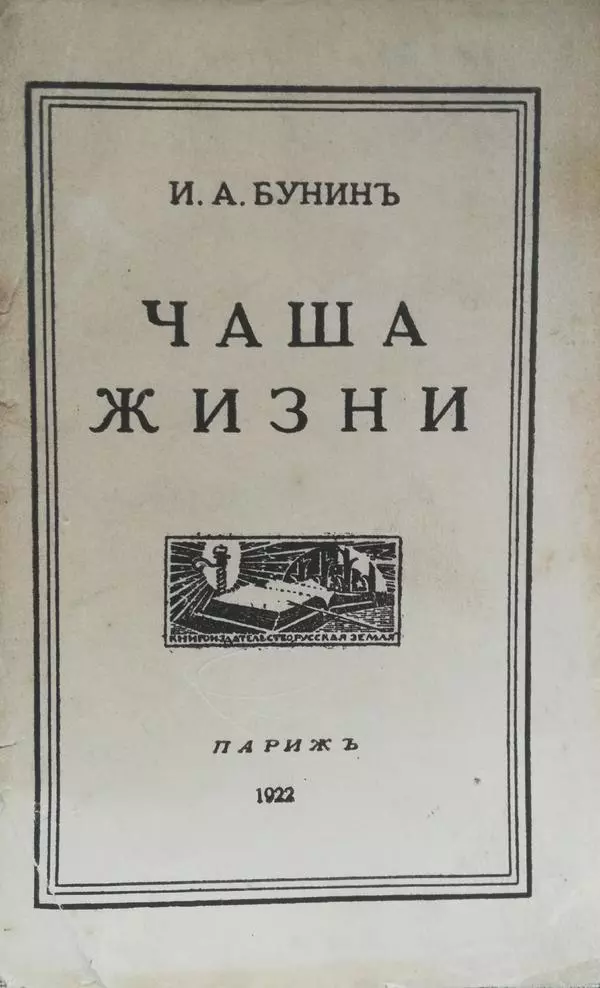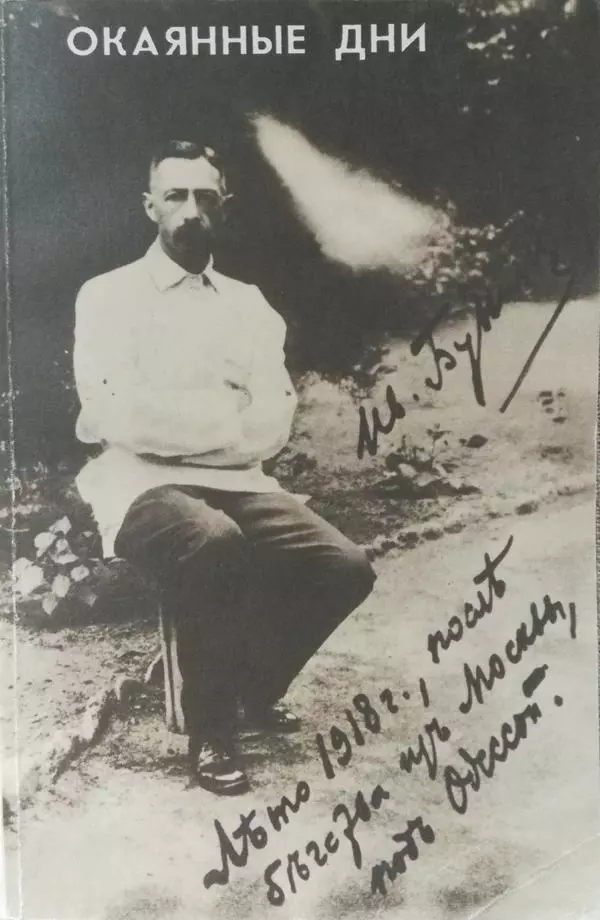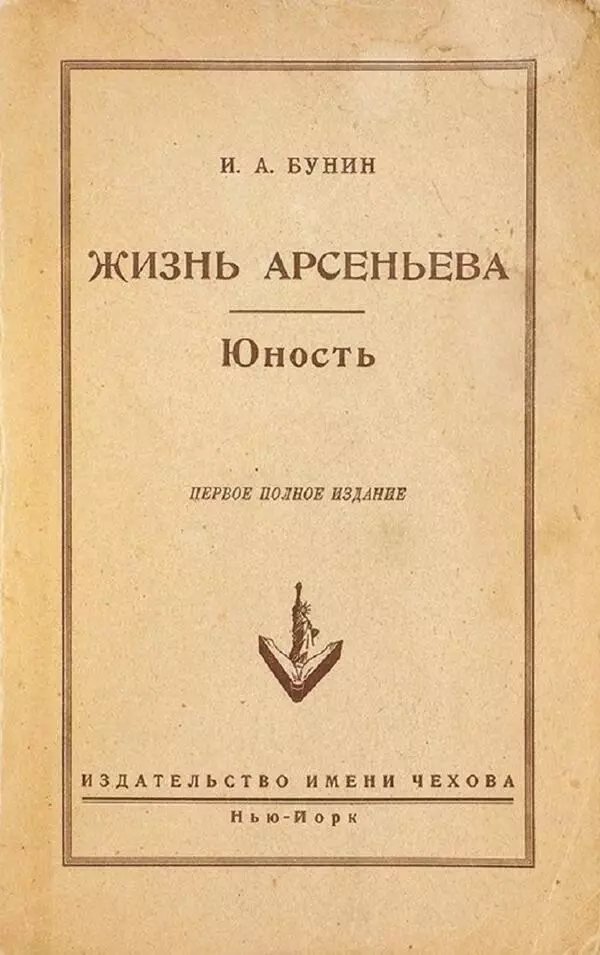Ivan Bunin began writing his only novel, ‘The Life of Arseniev’, in June 1927. Individual chapters first appeared in the Paris magazines ‘Russia’ and ‘Latest News’ almost immediately. Four completed books were published in 1928-1929 in the journal ‘Sovremennye zapiski’ (Contemporary Papers). They came out under the title ‘The Life of Arseniev. The Outset of Days’. In 1930, the magazine version, which was slightly edited, was published in ‘Contemporary Papers’ as a separate edition. Later, Bunin continued to write and released the fifth book.
After the first publications, the novel received many positive reviews. Famous critics and writers wrote about the book: Adamovich, Zaitsev, Aldanov, Eichenwald, Pilsky, Khodasevich, Gippius. They each interpreted the text differently, but the general opinion was the same: Russian literature was adorned with a new pearl.
The novel, most likely, fully expressed the feeling of nostalgia for Russia, which many emigrants felt so acutely. The text reflected their longing and affection for their Homeland and the old way of life. In 1961, the work was published for the first time in Russia: individual chapters appeared in the magazine ‘Moscow’, and soon the full novel was printed.
Readers often suggested that ‘The Life of Arseniev’ could be considered Bunin’s autobiography. The text describes some events from his life and the exact places the author visited. But the writer himself categorically denied it. He said that the book resembled an autobiography only insofar as any work, in which the writer leaves a part of his soul, would be partly autobiographical.
It is also impossible to classify “The Life of Arseniev” as a memoir, as the text is replete with quotations. The author included references to the works of Pushkin, Gogol, Lermontov, Fet, Koltsov, Tolstoy and many others. He also alluded to “The Tale of Igor”s Campaign” and Christian literature, quoting the Holy Scriptures, the Euchologion and others. It is important to note that Bunin rarely used such quotations as authoritative sources. Most often, by introducing them into the text, he enhanced the artistic depth of the text and used them as an element of the plot development.
This is clearly evident in the following example from the text. When the main character talked about Pushkin, he said:
After the first publications, the novel received many positive reviews. Famous critics and writers wrote about the book: Adamovich, Zaitsev, Aldanov, Eichenwald, Pilsky, Khodasevich, Gippius. They each interpreted the text differently, but the general opinion was the same: Russian literature was adorned with a new pearl.
The novel, most likely, fully expressed the feeling of nostalgia for Russia, which many emigrants felt so acutely. The text reflected their longing and affection for their Homeland and the old way of life. In 1961, the work was published for the first time in Russia: individual chapters appeared in the magazine ‘Moscow’, and soon the full novel was printed.
Readers often suggested that ‘The Life of Arseniev’ could be considered Bunin’s autobiography. The text describes some events from his life and the exact places the author visited. But the writer himself categorically denied it. He said that the book resembled an autobiography only insofar as any work, in which the writer leaves a part of his soul, would be partly autobiographical.
It is also impossible to classify “The Life of Arseniev” as a memoir, as the text is replete with quotations. The author included references to the works of Pushkin, Gogol, Lermontov, Fet, Koltsov, Tolstoy and many others. He also alluded to “The Tale of Igor”s Campaign” and Christian literature, quoting the Holy Scriptures, the Euchologion and others. It is important to note that Bunin rarely used such quotations as authoritative sources. Most often, by introducing them into the text, he enhanced the artistic depth of the text and used them as an element of the plot development.
This is clearly evident in the following example from the text. When the main character talked about Pushkin, he said:


